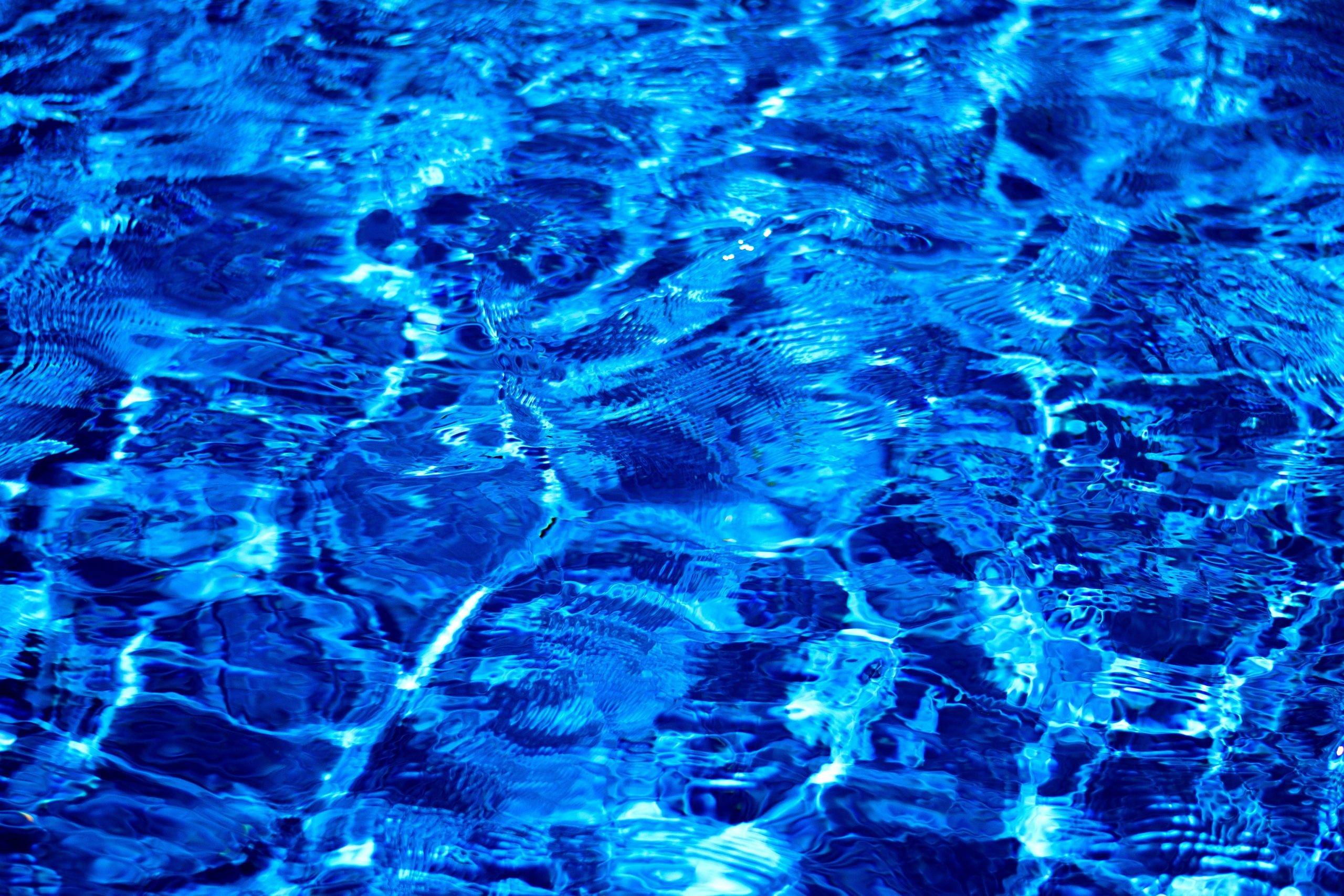The NEC required pools to be bonded beginning in 1962.

Article 680 – Initial Requirements.
•First included in 1962 NEC with following scope:
680-1. Scope. The provisions provisions of this Article apply to the construction and installation of electric wiring for equipment in or adjacent to swimming pools to metallic appurtenances in or within 5 feet of the pool, and to the auxiliary equipment such as pumps, filters and similar equipment.
No electric appliances or wiring shall be installed in the water or in the enclosing walls of a swimming pool, except as provided for in this Article Article.
Article 680 – Initial Requirements.
•First Article 680 covered: First Article 680 covered:
Equipment approval
Underwater Underwater lighting (not to operate operate over 150 volts).
All circuits supplying underwater fixtures should be isolated.
If the circuit voltage is greater than 30 volts, an approved fail-safe ground detector device which automatically de-energizes the circuit or an approved grid structure or similar safeguard should be used.
Isolating type transformers w/grounded metal barrier.
Junction boxes and transformer enclosures for underwater lights.
Boxes shall be provided with means for independently terminating not less than two grounding conductors.
Receptacle location – 10 foot clearance 10 foot clearance
Clearances for service drop conductors – 10 foot horizontal zone/Other overhead wiring not permitted over pool
Article 680 – Initial Requirements.
First Article 680 covered:
Grounding and bonding •
All metallic conduit, piping systems, systems, pool reinforcing steel, lighting fixtures, and the like, shall be bonded together and grounded to a common ground.
The metal parts of ladders, diving boards, boards, and their supports, shall be grounded.
Metallic raceways shall not be depended upon for grounding.
Where exposed exposed to pool water and in other corrosive areas such as in pump houses or adjacent to water treating and other equipment, the grounding of the noncurrent carrying parts shall be by means of an insulated copper conductor sized in accordance with Section Section 250-95•
No pool equipment shall be grounded to an external grounding electrode that is not common to the pool ground (deck box or transformer enclosure).
Article 680 – Initial Requirements•
First Article 680 covered:
Grounding and bonding •
Nonelectrical equipment required to be grounded to a common ground in accordance with Section 680-7 shall be grounded in accordance with Article Article 250.
Structural reinforcing steel may be used as a common bonding conductor for nonelectrical nonelectrical parts where connections can be reliably made in accordance with the provisions of Article Article 250
Atricle 680 (Swimming Pools) was added to NFPA 70 (NEC) in 1962.
680-8 dealt with grounding and bonding.
It was renumbered in 1975 to 680-22 and renamed Bonding.
In 2002 it was renumbered again to 680-26.
In 2005 it was renamed again to Equipotential Bonding and major changes made to the body.
Looking at all that, I'd have to say about 1963. Realizing that not all governing bodies adopted the NEC it was probably later than that for a lot of places.
That's hard to say. NEC isn't the law unless it is adopted by local ordinance, so different versions apply in different areas of the country. The 1962 NEC first added swimming pool requirements, and it required all metal parts to be grounded and connected together. In 1975, the concept of bonding without grounding was introduced. In 1984, a clarification was added to indicate that a ground was not supposed to be part of the bonding system.
The wiring should be there on any pool built after a version of the NEC for 1962 or later was adopted locally. It's termination may be slightly different.












